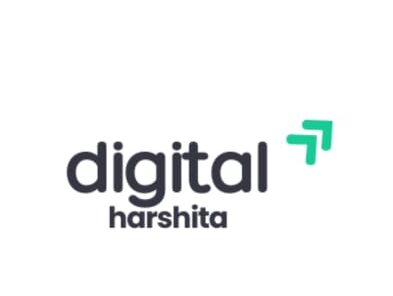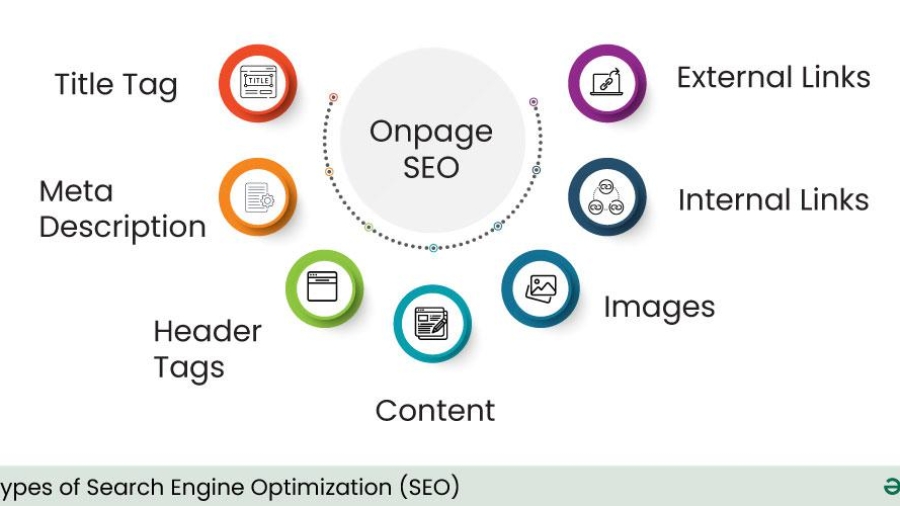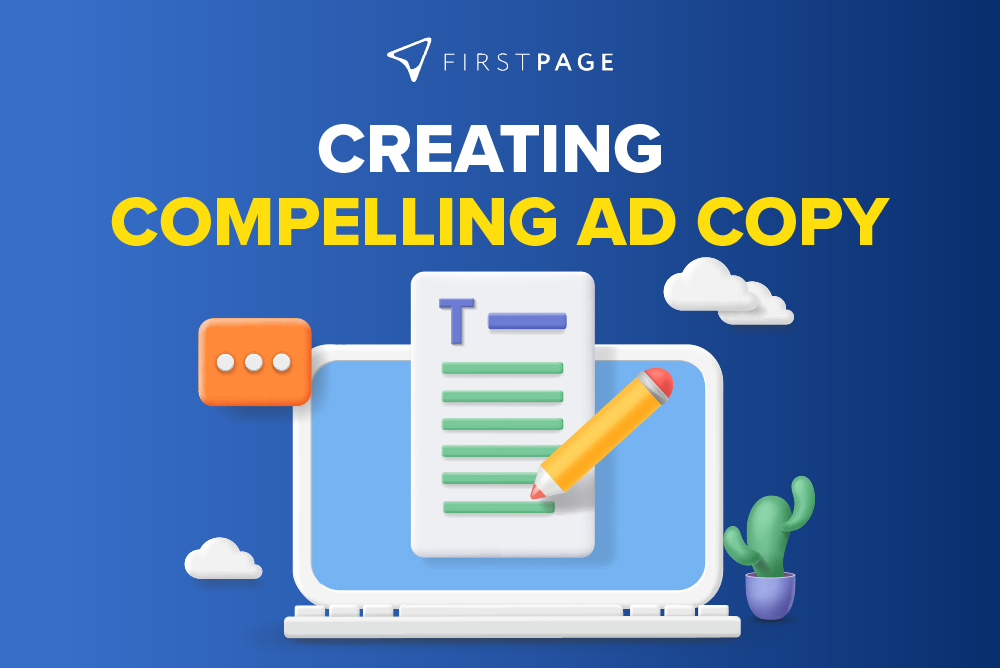Top SEO Techniques That Will Work in 2024: Rank Higher, Drive More Traffic
Search Engine Optimization (SEO) is constantly evolving. What worked two years ago may be outdated today, and with Google’s algorithm updates rolling out frequently, marketers and businesses need to stay ahead of the curve. If you’re looking to rank higher in 2024 and generate more organic traffic, this blog outlines the top SEO techniques that are working right now — and will continue to be effective this year.
📌 Why SEO Still Matters in 2024
SEO is not dead — it’s smarter. It’s no longer about stuffing keywords and building spammy backlinks. In 2024, SEO is all about user intent, content value, and technical performance. Search engines are now prioritizing content that genuinely helps users.
Whether you’re a blogger, e-commerce brand, coach, or SaaS company, these SEO techniques will help you boost your visibility, attract the right audience, and drive sustainable growth.
✅ 1. Prioritize Search Intent Over Keywords
Google has shifted its focus from exact-match keywords to understanding intent behind search queries. Matching content with the user’s why is more powerful than ever.
🔍 Types of Search Intent:
- Informational: “How to create a website”
- Navigational: “LinkedIn login”
- Transactional: “Buy running shoes online”
- Commercial Investigation: “Best budget phones 2024”
✅ What to Do:
- Use keyword tools like Ubersuggest, Ahrefs, or Google Search Console to identify intent.
- Match your content format: blog post for informational, product page for transactional.
- Answer the user’s question quickly, then provide value throughout.
✅ 2. Use Topic Clusters and Internal Linking
Topic clustering is a content strategy where you create a pillar page and several cluster pages around related subtopics, all interlinked.
🧱 Example:
Pillar: Ultimate Guide to Digital Marketing
Clusters: Email marketing, SEO, PPC, Content marketing, Social media
✅ Benefits:
- Improves crawlability
- Builds topical authority
- Increases time on site and lowers bounce rate
Use tools like Surfer SEO or Frase.io to plan effective content clusters based on your niche.
✅ 3. Optimize for Voice and Conversational Search
With the rise of smart speakers and AI tools, voice search is on the rise. People are asking questions naturally: “What’s the best pizza place near me?”
✅ How to Optimize:
- Use long-tail keywords and natural language
- Create FAQ sections that answer common queries
- Target question-based keywords: “How,” “What,” “Best way to”
Google’s People Also Ask section is a great place to find question-based content ideas.
✅ 4. Embrace EEAT (Experience, Expertise, Authoritativeness, Trust)
Google now evaluates content based on EEAT — especially for “Your Money or Your Life” (YMYL) topics like finance, health, and safety.
✅ How to Boost EEAT:
- Show real author bios with credentials
- Link to credible sources and include research
- Use original images, case studies, or data
- Get featured on trusted publications or blogs
Make your website feel reliable and built by real experts — not just SEO bots.
✅ 5. Write Human-Centric, AI-Assisted Content
In 2024, using AI tools like ChatGPT or Jasper for SEO is acceptable — as long as the final result feels human. Google penalizes AI-generated fluff.
✅ Best Practices:
- Use AI for brainstorming, outlines, or speed
- Add personal stories, unique insights, and expert quotes
- Always edit and fact-check
- Focus on content depth, not just length
Helpful content wins. Write for humans, then optimize for search engines.
✅ 6. Optimize Core Web Vitals & Page Experience
User experience is now a key ranking factor. Google evaluates how fast, responsive, and stable your site is using Core Web Vitals.
🧪 Metrics to Watch:
- LCP (Largest Contentful Paint): Load time under 2.5s
- FID (First Input Delay): Interactivity under 100ms
- CLS (Cumulative Layout Shift): Visual stability score < 0.1
✅ How to Improve:
- Use Google PageSpeed Insights and Lighthouse
- Compress images with TinyPNG or ShortPixel
- Minimize scripts and use lazy loading
- Choose a fast, mobile-friendly theme
✅ 7. Focus on Zero-Click Results & Featured Snippets
More users are getting answers directly from the search results — no clicks needed. This includes featured snippets, People Also Ask, and knowledge panels.
✅ How to Get Featured:
- Answer questions in a concise paragraph (40–60 words)
- Use lists or tables for step-by-step or comparison answers
- Add structured data/schema markup to pages
- Use headers (H2, H3) to break down sections clearly
Aim to become the answer Google pulls into the SERP.
✅ 8. Update and Refresh Old Content
Your existing content is an SEO goldmine. Instead of always creating new blogs, optimize old posts to keep them fresh and competitive.
✅ Update Checklist:
- Refresh stats, links, and references
- Improve meta titles and descriptions
- Add visuals, new CTAs, or internal links
- Use Google Search Console to find keywords where you’re ranked #5–20 — and push them higher
Search engines reward fresh, relevant content.
✅ 9. Master Local SEO and Google Business Profile
For businesses with a physical presence or local service, local SEO is critical in 2024.
✅ Key Actions:
- Claim and optimize your Google Business Profile
- Add photos, posts, and offers regularly
- Encourage and respond to reviews
- Use local keywords: “near me,” city + service
- Build local citations from directories like Yelp, Justdial, and YellowPages
Google’s local pack results are high-converting real estate — aim to be in the top 3.
✅ 10. Build High-Quality Backlinks (Ethically)
Backlinks are still a powerful ranking factor — but quality matters more than ever.
✅ Ways to Earn Backlinks:
- Guest blogging on niche websites
- Original research, infographics, and case studies
- HARO (Help a Reporter Out) submissions
- Partner with influencers or industry leaders
- Create shareable tools, calculators, or templates
Avoid spammy tactics. One backlink from an authority site beats 50 from low-quality domains.
✅ 11. Optimize for Visual & Video SEO
Visual content is dominating SEO results — especially YouTube, Google Images, and TikTok videos indexed by Google.
✅ Tips for Visual SEO:
- Use alt text and file names with keywords
- Embed videos on relevant blog pages
- Upload to YouTube with optimized titles, descriptions, and tags
- Add transcripts for better indexing
Don’t ignore video — it’s often easier to rank than blog posts for competitive keywords.
✅ 12. Track Performance and Adapt
No SEO strategy is complete without tracking. Monitor your progress and pivot quickly when needed.
📈 Essential Tools:
- Google Analytics 4
- Google Search Console
- Ahrefs or SEMRush
- RankMath or Yoast SEO for WordPress
- Hotjar for behavior tracking
Review key KPIs:
- Organic traffic
- Click-through rates (CTR)
- Keyword rankings
- Bounce rate
- Conversion rate from search traffic
SEO isn’t a one-time fix — it’s an ongoing process of learning and adapting.
🔚 Final Thoughts
SEO in 2024 is more about quality, intent, and user experience than ever before. It’s not enough to just rank — your content needs to solve problems, answer questions, and keep users engaged.
By applying these top SEO techniques consistently — from optimizing for Core Web Vitals to understanding search intent — you’ll build a stronger online presence, attract high-quality traffic, and outlast competitors in the search engine results.





